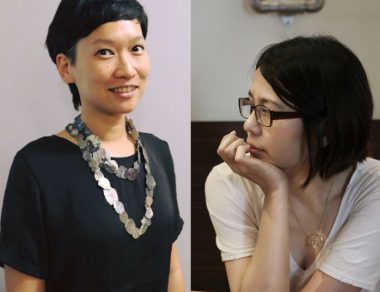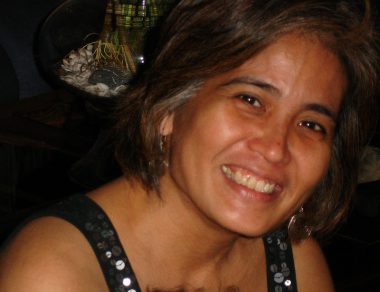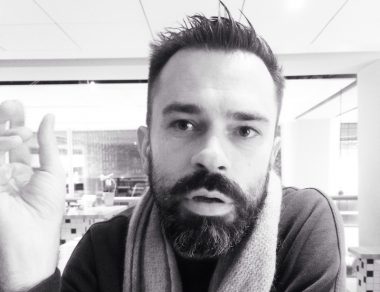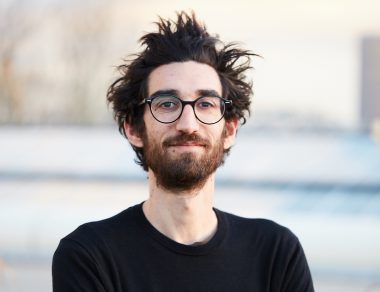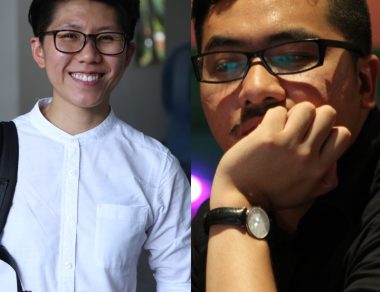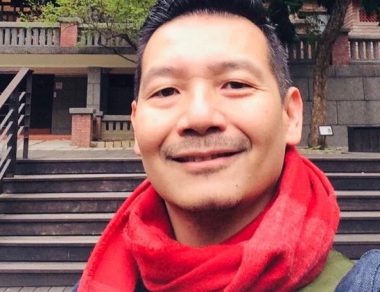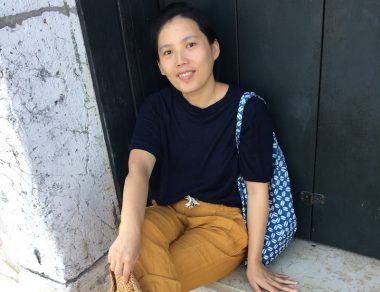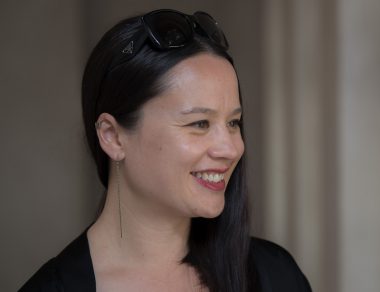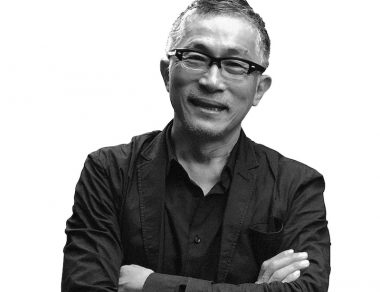Pi Li
Works or/and/with Ideas: Curatorialship and Historical Construction in the Museum Context
A majority of existing art museums (incl. modern art museums) tend to base their art historical discourses on the idea of “autonomy of art history” promoted by Heinrich Wölfflin and Aloïs Riegl in the 19th century. Making use of the antithesis between form and subject-matter, Wölfflin categorized all the invisible as “subjects,” and matter (incl. representations, painting motifs, expressive forms, tones, and use of tools) as the “visual layer of form.” Instead of focusing on subjects, Wölfflin described formal characteristics with quasi-mathematical methods, analyzed stylistic variations with quasi-functions, and accounted for formal changes with the dialectic of time. On the other hand, Riegl attributed stylistic variations to “Kunstwollen” — a spontaneous formal impulse. The discourse and expression of art history obtained autonomy and dignity thanks to the scholarly research on formal evolution in Wölfflin’s and Riegl’s theories.
As art museums gradually constructed their own art historical discourses by building up and exhibiting their collections, artistic creation had undergone a sea change in the last century. It showed stronger inclination toward non-materialization, which behavior, performance, conceptualism and social intervention continually manifested themselves in exhibitions and actions. Art museums’ practice deviated from the development of art, prompting us to contemplate how “art as concept” and “art as form” coexist in museums’ art historical discourses, or, to put it another way, how art museums constructed the conceptual history of art by overdoing it. In recent years, disaffection and criticism over the art historical discourses revolving around works of art have also found expression in researches on documents and exhibition history.
In his writing titled “Aby Warburg and the Nameless Science,” Giorgio Agamben extracted Warburg’s conception of and approach to images, that is, the reconstruction of the images abandoned by art history and traditional art history. Employing a method which breaks away from traditional art history, Agamben, along with Warburg in his description, evolved a new form of art history. Agamben wrote:
“The symbol and the image play the same role for Warburg as the ‘engram’ plays in Semon’s conception of the individual’s nervous system; they are the crystallization of an energetic charge and an emotional experience that survive as an inheritance transmitted by social memory and that, like electricity condensed in a Leydan jar, become effective only through contact with the ‘selective will’ of a particular period. This is why Warburg often speaks of symbols as ‘dynamograms’ that are transmitted to artists in a state of great tension, but that are not polarized in their active or passive, positive or negative energetic charge; their polarization, which occurs through an encounter with a new epoch and its vital needs, can then bring about a complete transformation of meaning.”
This is the point of departure for our discussion…


REFERENCES
[Interviews]
1. Pi Li in Conversation (2017)
2. M+ Sigg高級策展人皮力 —— 修正中國當代藝術始點 (2016)
3. 【雅昌專訪】皮力:用编年史的M+希克藏品展搭建中國當代藝術史的歷史架構 (2016)
4. Art and Freedom(2014)
[Publication]
1. 《向道德主義告別:關於當代藝術的思考》(2018)
1-1 《重返社會:楊紫論《向道德主義告别》|ARTFORUM 觀點》
2. 《從行動到觀念:晚期現代主義藝術理論的轉型》(2015)
3. 《策劃人時代》(2004)
4. 《國外後現代雕塑》(2001)
[Videos]
1. 皮力《從行動到觀念——晚期現代主義藝術理論的轉型》(公開系列講堂):
(Accessed 8 June, 2019)
3. 雙年展之尬: 皮力 + Francesco Bonami + Cuauhtémoc Medina 三人談
4. ASIA NOW 2017 || Uli Sigg & Pi Li
[Exhibitions]
1.「過去與未來之間:珠江三角洲的藝術」(2017)
1-1.「廣東快車:珠江三角洲的藝術」
2.「對就是錯:M+希克收藏的中國藝術四十年」 (Right is Wrong: Four Decades of Chinese Art from the M+ Sigg Collection) (2014)
2-1 展覽目錄
3. <4th Seoul International Media Art Biennale> (co-curated, 2006)
4. <Under Construction: New Dimensions in Asian Art> (co-curated, 2002)
5. 《潤化:2002 亞太媒體藝術展,北京》(Moist: Asia-Pacific Media Art):
6. 「圖像就是力量: 王廣義、張曉剛和方力鈞的藝術」 (Image is Power: The Art of Wang Guangyi, Zhang Xiaogang and Fang Lijun) (2002)
